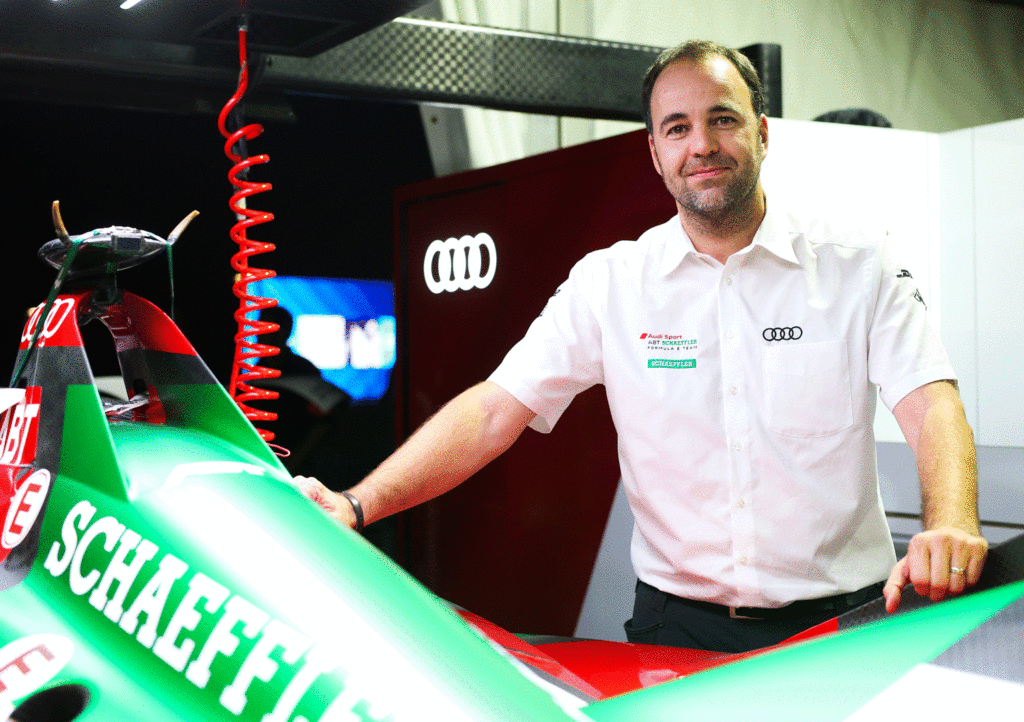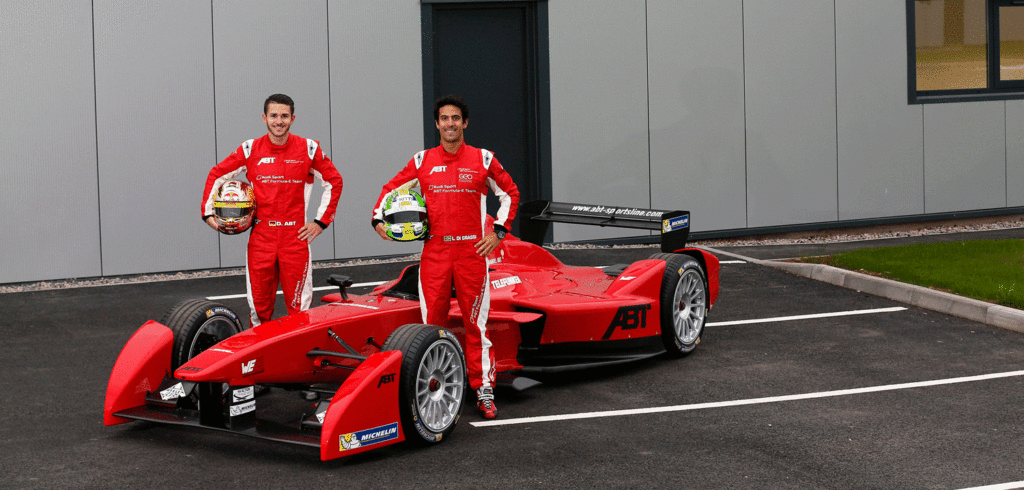Exactly five years ago today, the Formula E story began for Audi Sport ABT Schaeffler. On May 15, 2014, the team received the first chassis for the fully electric racing series. And since then, the German outfit has a record of 54 races, 39 trophies, 1,027 points, and as a result, has been the most successful team in the international field so far.
The handover of the first chassis to the teams five years ago rang in the era of fully electric motorsport. Audi Sport ABT Schaeffler has been involved in the series ever since: as a privateer team in the first three seasons and as an Audi factory team since the fourth season.
“This day marked the official launch. A theoretical project we’d been planning on paper for many months at home became a reality,” said Thomas Biermaier, ABT Sportsline’s sport director. It was Biermaier, together with Team Principal Hans-Jürgen Abt, that was put in charge of the German squad at the time. “For all of us, it felt a little like the first day at school: everything was new and a little uncertain, but the thrill of anticipation was huge.”
The first chassis was designated number 20. It was with Chassis 20 that Lucas di Grassi crossed the finish line in Beijing, China, on September 13, 2014 as the winner of the first-ever Formula E race. Chassis 20 also had its entire left-hand side destroyed in a crash in Hong Kong, and repairs were also necessary after a wiring fire in Punta del Este, Uruguay, in 2015. And finally, it was handed over to Alejandro Agag as a museum exhibit after the season.
“Formula E saw an outstanding development in its initial years – with both thrilling racing and many innovations off the race track,” said head of Audi Motorsport, Dieter Gass. In 2014, Audi was the first German automobile manufacturer to enter the series with a factory-backed commitment. “That so many brands are involved now and more will be joining soon is a nice confirmation of the pioneering spirit of Formula E and its founding members.”
For Audi Sport ABT Schaeffler, the delivery of the first in a total of four cars also marked the beginning of a period of intensive work – in Formula E’s first four years, there were two cars per driver and a mid-race car swap. “We immediately dismantled the first car in order to precisely determine what equipment and what tools we needed in order to run it – after all, we only knew the car from drawings before,” says Biermaier. The final stage was to move the squad to Donington, UK, for three months to prepare the cars before the pre-season tests and the season opener. And rest is history.




